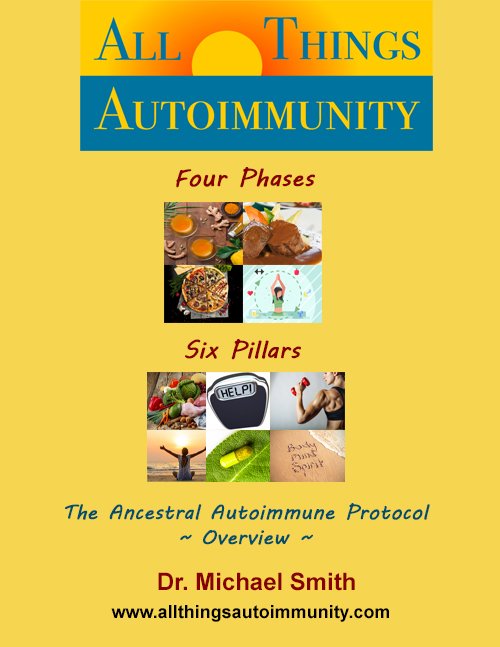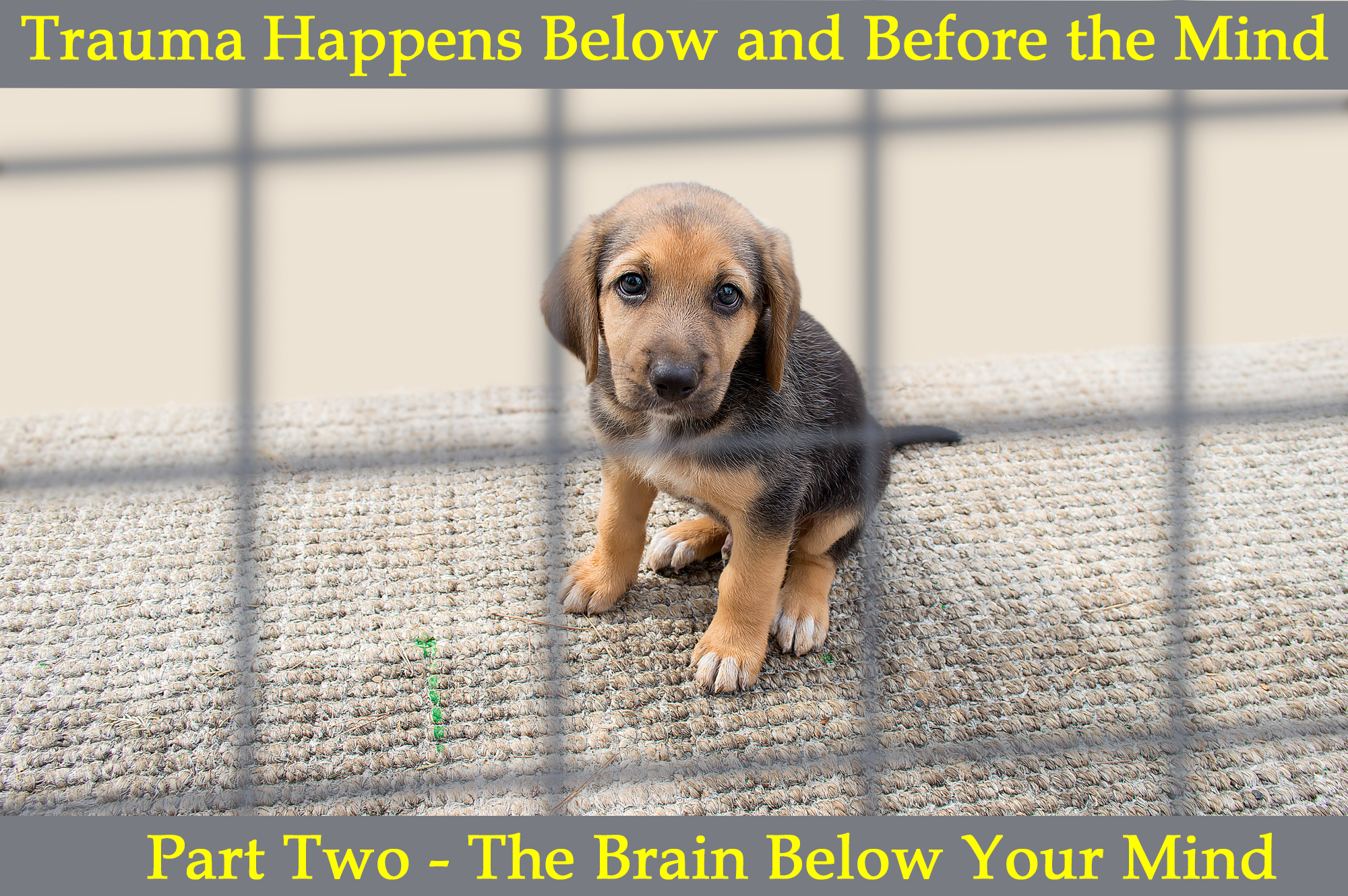(NOTE* – I capitalize several words that have other cultural, spiritual, and contextual meanings).
This is part one, in a series of articles on how Trauma exists as preconditioned states held deeply within the body and brain. These states, or embodied memories, can consciously and unconsciously determine your present-day experiences and responses. This can lead to addiction, chronic illness, and lives often lived in a low-grade state of anxiety, shock, and fatigue.
There is also a previous series of articles called ‘Mental Health is More than Mental,’ which discuss Mental Health from a social, environmental, and biochemical perspective. These articles also explore Self Awareness, subjective reality, and some therapeutic exercises and practices that have helped people heal their Heart, Mind, and Souls for thousands of years.
HERE is the link to part one of Mental Health is More than Mental
Let’s Talk about Trauma…
I have lived the experience of C-PTSD and being Neurodivergent most of my life, so my relationship with this subject is based in experience as well as theory. I may not be completely objective.
I have Also been a front-line clinician for almost 30 years and can attest that most people with a chronic health condition, of any kind, is on a spectrum of Trauma.
One way to safely engage this subject is with the idea of little ‘t’ trauma and capital ‘T’ Trauma. Depending on your personal experience, or your clinical experience (if you are a clinician), it is up to you where you draw a line between those similar, but profoundly different volumes and dimensions of distress. At some point though, over time, little t trauma without respite or a glimpse of hope, will become capitol T trauma, or potentially even Complex Trauma (C-PTSD).
This article is going to go on a deep dive into some of the ways that trauma, Trauma, Chronic Distress (Anxiety, Depression. Etc.), Chronic Illness and Pain, Neurodivergent experience, and many aspects of diagnosable Mental Illness all exist before and below your Mind – at least partially.
All of the above conditions, and many others, share the experience of pain (especially existential pain) and a visceral sense of imminent overwhelm. This creates a kind of feedback loop, where the ‘symptom’ of overwhelm becomes another driving force behind the worsening of every other underlying and secondary condition.
Some aspects of Trauma are born from immediate and destructive moments, while other aspects are determined by experiences that are more long term and gradual. Some traumatic experiences are primarily about instinctual physical survival, while others are more relational and social – turning your identity into a defence mechanism.
They often occur together and can combine into countless erosive possibilities.
Which can be overwhelming…
The intention of this series is to help us all become familiar with how Trauma effects us as individuated selves, as brains, and as embodied consciousness. My hope, after a few metaphors, some basic Neurology, and an introduction to your Somatic Sense Apparatus, you will understand how you embody distress, and how that effects how you think, feel, and see the world.
WARNING – Some parts of this conversation may be TRIGGERING!
Below are Two Metaphors
The first is about what Trauma is like in the short term, and the second will help you understand what is happening with your embodiment, or somatic nervous system, and inside your brain during long times of extreme distress.
They both imply a range of solutions.
In the short term…
Imagine you are in an Uber. Your Mental and Emotional experience are up to the qualities of the ride. Your state of Mind and Being is determined by traffic, potholes, and the driver’s ability to avoid crashing. Those circumstances, and many more, determine how most of your day goes, and they happen outside of your control.
In this way, the instinctual stimuli in your life are below the Mind.
Depending on the day, your subjective Volume of Distress and Imminent Overwhelm can also determine your experience of Trauma and Pain. Your instincts, visceral drives, and intuition, while driving through traffic (daily life), are embodied experiences, just below your Mind.
Should you Fight, Flight, Freeze, Feign, Fawn, or Frustrate?
Imagine, while driving along, you are also balancing a cup of soup on your head. As the driver navigates traffic and survival, you are now responsible for not spilling the soup. This is a metaphor for wanting to fit in socially – to make sure everything ‘looks good.’
Everyone is watching!
Depending on your culture and conditioning, your childhood, your subjective sense of fitting in, your experience of the instinctual need for Belonging, your volume of somatic distress, your amount of physical pain and illness, can all compel you to behave ‘without thinking.’ From before the Mind.
Like you are reading a script or imitating a movie character.
In the Neurodivergent world, we call it ‘masking.’ Or, the hell of anxiously behaving like anyone and everyone else, because you are ‘missing something.’ Many Neurotypical people feel this way, as well. Especially since social media started telling everyone who to be and how to look.
Sometimes life is like a rough ride through busy traffic with a bowl of hot soup on your head. The closer you get to overwhelm, the more your social interactions feel like crisis management – from before your Mind.
This imagery is meant to bring your awareness to your instinctual and social reflexes. Some are not up to you or me – most of the time. The more challenges you have faced in life, the more you will expect to crash into the world with hot soup in your lap.
It is only natural to anticipate consequences.
Once you are physically reactive, socially anxious, and consciously hypervigilant to everything that can cause any more distress and pain, you are experiencing life through the eyes of Trauma.
**If you are new to this approach to helping yourself or others engage with Trauma, Addiction, and Chronic Illness, the following short series of articles explores the Four Wounds of Trauma.
The First Wound is Hyper-Vigilance.
The Second Wound is Comfort Seeking.
The Third Wound of trauma is Social Disorientation – Loss of Trust.
The Uber metaphor is about understanding how immediate unconscious reactions can determine your instinctual and social behavior – before you do.
Now I would like to share a metaphor about the ‘all day every day’ nature and effects of chronic distress and Complex Trauma. It will help create a distinction between what may be happening (or has happened) inside of your physical brain, with what happens inside of your embodied nervous system – or your Somatic Sense Apparatus (SSA).
Front of House, Back of House
If you have ever worked in a restaurant, you will know that the place where you interact with customers, where people sit and eat, is called the ‘front of house.’ As a Server (waiter/waitress), how you behave and talk there is all about the customer experience. It is not about if you are having a good day.
In this restaurant, which is your full time job, instinctual and visceral reactions are usually bad for tips.
Once you go into the kitchen, you are in the ‘back of the house.’ What and how you think, and especially how you talk is very different. What is going on back there is a frenzy of survival strategies, reflexes and reactions, and a need to rely on the people around you to keep it all together. No one is having a chill day.
We are using this metaphor to explore the instinctual and social experience of chronic distress as well.
As the one actually having the experience of your life, notice that there is a part of you sitting at a table, eating whatever your Mind offers you. There is a part of your Mind that may practice Qi Gong, Meditation, or Yoga, that is like the server, hoping your choices are good for you – or at least taste good.
There is also a part of your Mind that sits and watches the whole thing, either stoically cleaning glasses (front), or chopping vegetables into bite sized pieces (back).
There are many people in your restaurant that can help you understand your inner worlds, but the two I encourage everyone to get to know better (and maybe even help) are the manager and the chef. Your manager is always the one who is responsible (gets blamed) for how everything goes. Your chef has been flying by the seat of their pants since you first had to take care of yourself, running on instinct.
The imagery, the potential characters, and countless funny or frustrating scenarios that are possible in a restaurant metaphor, make it a great way to explore and understand your brain and embodied experience. I use this imagery is because a restaurant is like a family. Every meal and morsel (that comes into your mind from below and before) is the collaborative outcome of many aspects of physiology, psychology, Trauma, and sense awareness – all happening at the same time.
Another reason I use this imagery is because a restaurant is full of movement and the intent to nourish or employ everyone – even if chaotically. Healing happens like that. With connection, laughter, contention, more laughter, and a bit of chaos. And the willingness to sit down, share a feast, and really listen to each other.
Some of us need more healing in the kitchen, the deeper nervous system and brain, while some of us need to learn to re-inhabit our somatic experience, just to be at home in our bodies, or having a challenging conversation.
Although this article is about ‘where trauma’ happens or exists, it is also meant to encourage everyone willing to pursue some form of therapeutic embodiment practice. If you have never talked with a therapist or counselor, it can be life changing to actually speak you mind.
Working with trauma and overwhelm can easily get overwhelming. Overwhelm amplifies Trauma and Chronic Illness. It is important to know where to start and to be patient.
In Part Two – We will begin the discovery process. Because most of Trauma exists before and below your Mind, it might be time to become a health detective and investigate what is happening inside your physical and biochemical brain?
It is the only way to find out what helps the most..
This immersive training is intended to be a personal Healing Journey, as well as a clinical certification and continuing education program.
Please let us know if you have any questions.
somadaoqigong@gmail.com
Includes the Foundational Course and an Overview of Treatments, Practices, and Supportive Therapies
Includes the Foundational Course and Clinical Training in Herbology and Acupuncture, Trauma Informed Care, as well as an understanding of how a Personal Qi Gong or Nei Gong Practice supports healing.
There will also be an introduction to Somatic Mindfulness Processing – a form of Counselling and Spiritual Recapitulation.

YES! Please send me a FREE copy of the Autoimmune Protocol Ebook!
Begin your healing journey with this 65-page guide to understanding Autoimmune Disease and the Ancestral approach to restoring healthy immune function while repairing your body from the inside out.
Sign up for a regular newsletter offering you the information and inspiration that has helped thousands of people heal their lives!
We respect your privacy.
You will only receive your FREE Ebook and our newsletter.





Leave A Comment